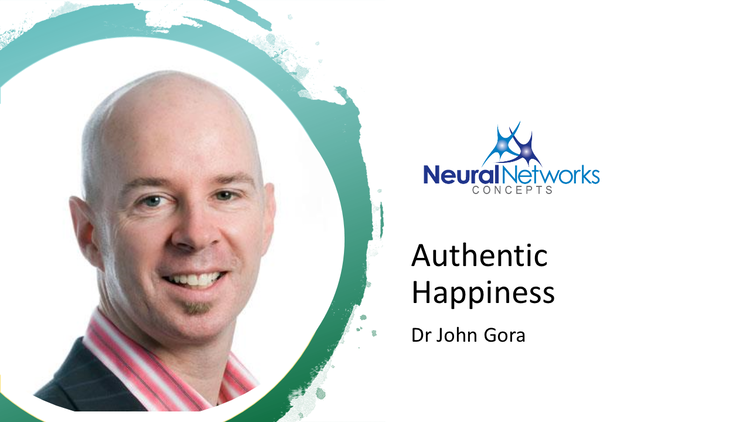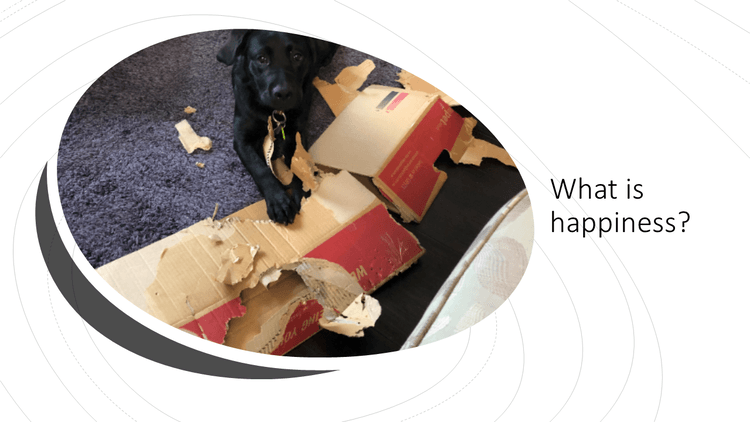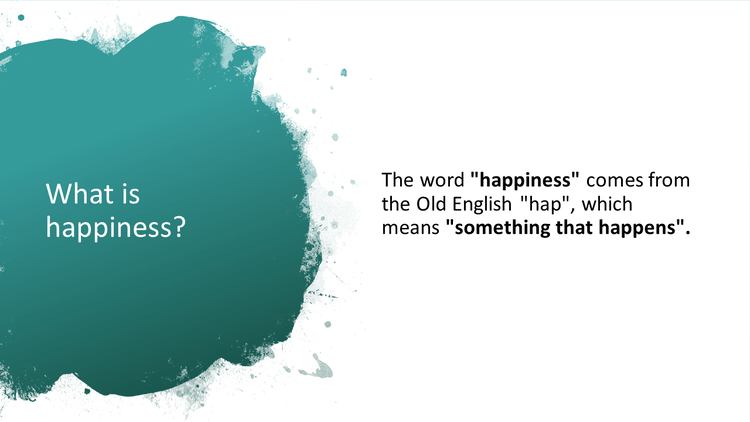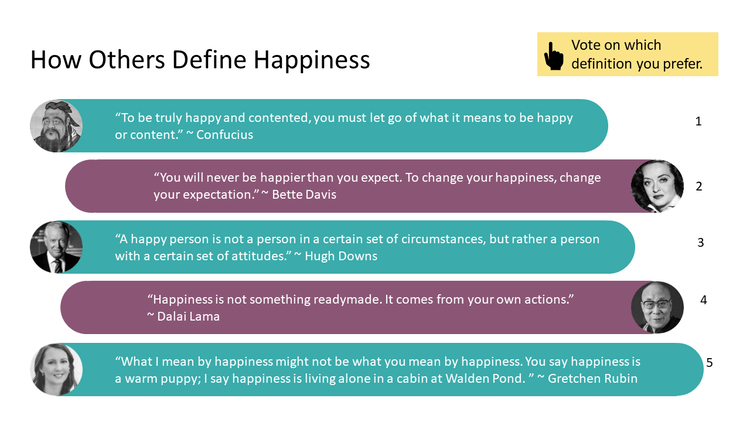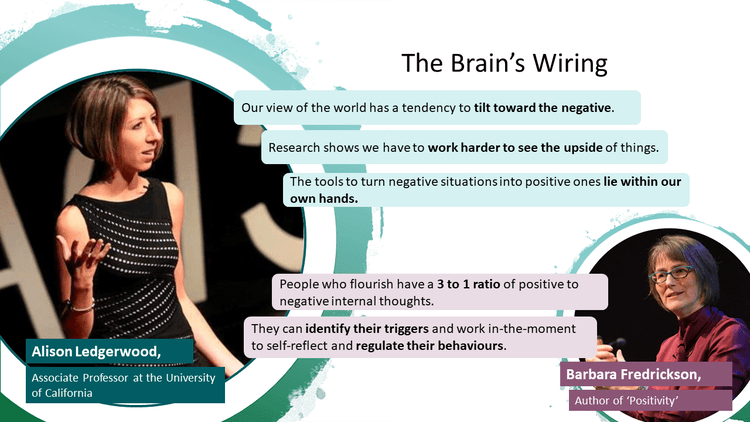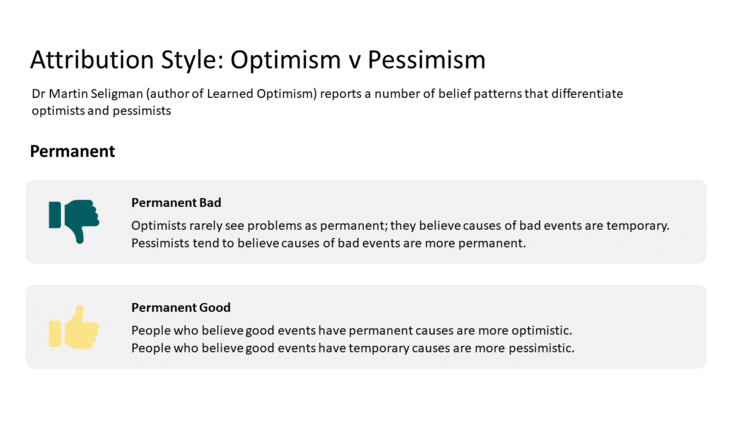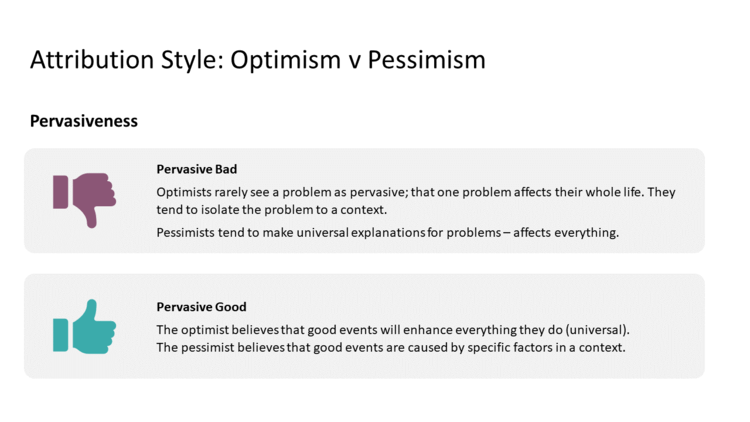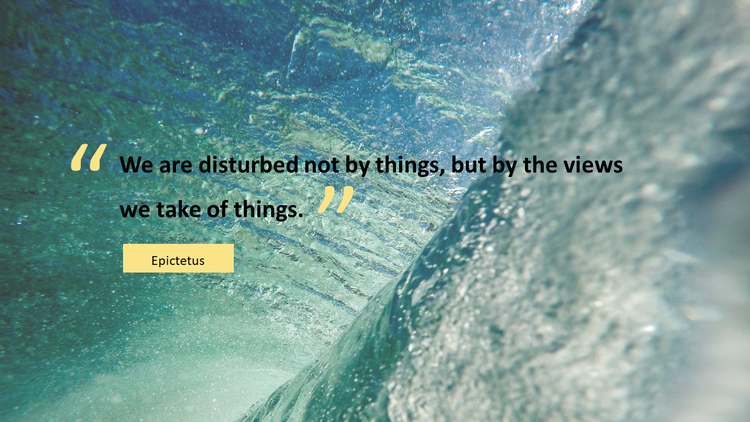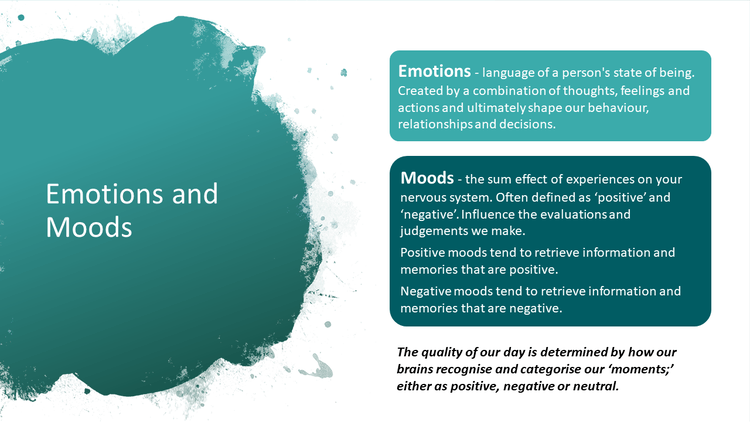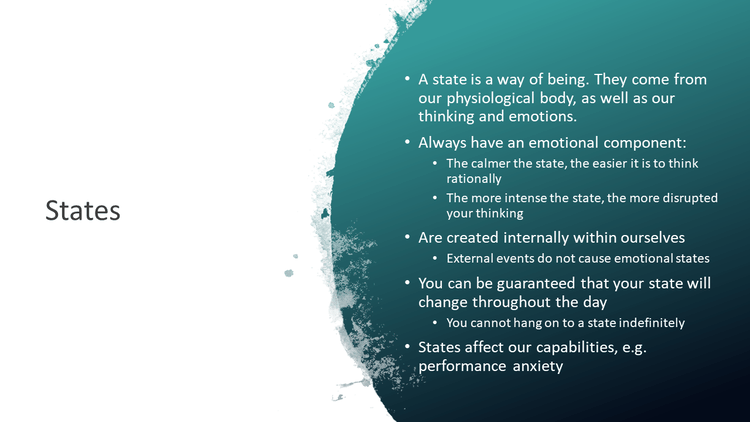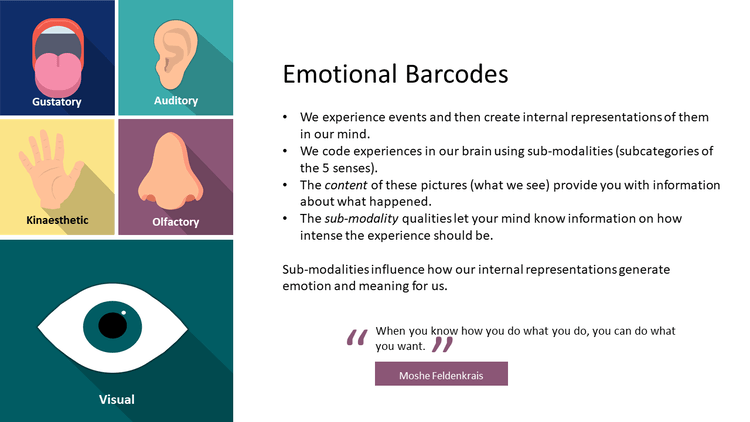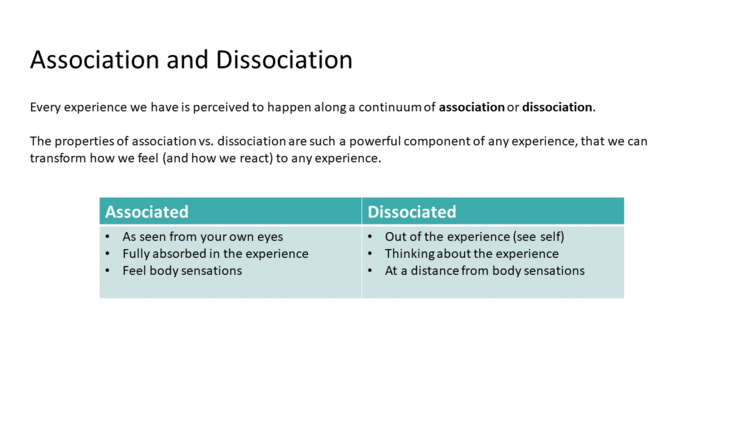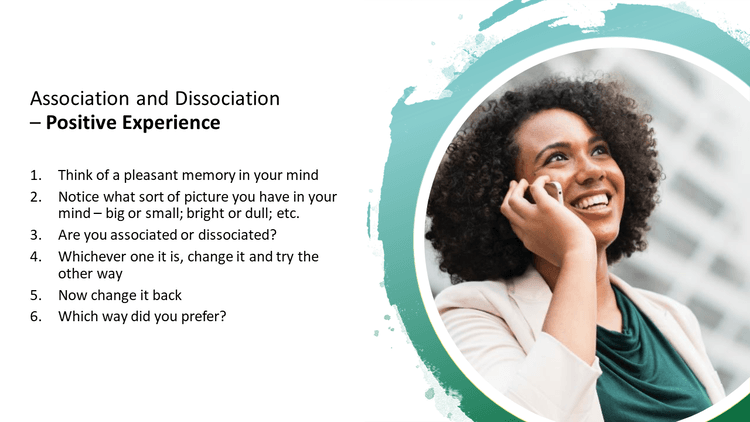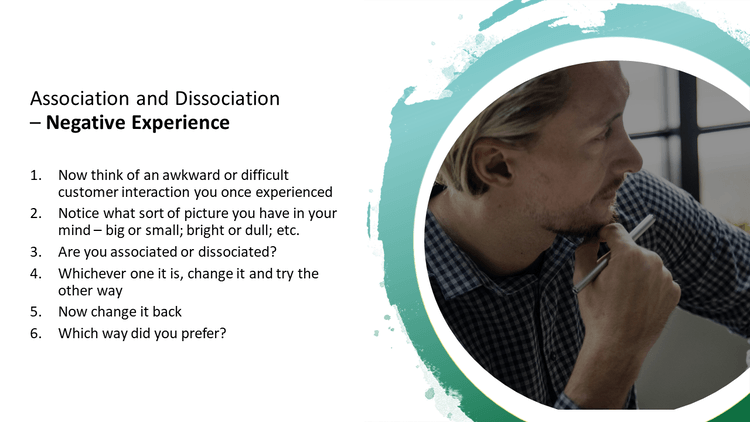Trending Blogs


AUTHENTIC HAPPINESS

We were fortunate to have Dr John Gora from Neural Networks Concepts facilitate our timely workshop with a group of candidates and clients on Authentic Happiness: How we use our emotions to arrive at 'happiness'.
Given the current circumstances we face in Melbourne, it was a discussion that was both informative and practical. It was a topic that could have been done over 45 hours rather than 45 minutes, but John was able to more than do justice to a topic that is so important right now. It did mean that finding my top ten takeaways was quite tricky this week!
At times like these, it can seem that the events of the outside world can control our happiness. That an announcement can affect our levels of happiness and whether we are optimistic or pessimistic.
What this workshop demonstrated by sharing findings from studies to practical demonstrations, was that we can control whether we are happy. It sometimes may not feel like it, and at times whether we are happy or not may feel like it is dictated by external events, but in my most important takeaway from this workshop:
I am able to control my happiness.
Now though, here are my top ten takeaways from John’s workshop on Authentic Happiness.
I'd love to hear how you try to ensure you are as happy, positive and optimistic as you can be.
- The definition that resonated most with our audience was the Dalai Lama’s ‘Happiness is not something readymade. It comes from your own actions.’ For the record, Hugh Downs’ ‘A happy person is not a person in a certain set of circumstances, but rather a person with a certain set of attitudes’ was a close second.
- Alison Ledgerwood showed that biologically our brains are wired to tilt slightly to the negative. That means we must work to see the upside of things, but we have the tools as humans to be able to do this.
- Barbara Frederickson, took this further, finding that people who flourish have three times the number of positive thoughts to negative. They can identify triggers in a moment to be able to reflect on and regulate their behaviour.
- External factors do not have to dictate our happiness, and there are implications for allowing them to do so, including the fact that when we achieve an end, then sometimes we can be looking for the next thing to make us happy rather than just being happy. John referred to this as the ‘pink cushion effect’!
- Optimists and pessimists can be separated in terms of belief patterns. Optimist see problems as temporary, but think positive events have permanent causes. For pessimists, the opposite is true, with bad events causes being more permanent, and good having temporary causes.
- Pervasiveness is also viewed differently by those who are pessimistic vs those who are optimistic. Optimist can localise a problem, but the good can pervade all they do, whereas a pessimist will see universal explanations for problems, while the good only happen in a certain context.
- Moods are often defined as ‘positive’ or ‘negative’ and influence how we evaluate and judge what happens to us. They directly impact the memories or information we retrieve. This means that our day’s quality can relate to how we categorise those moments.
- We remember and recall on a continuum of association or dissociation, whether we view them in first person or third person. How we perceive our experiences on that continuum enables us to alter how we feel to any experience.
- When we associate, we see things through our own eyes, and are in the experience, feeling we are in the moment. When we dissociate, we see ourselves in the experience as we think about it and watch it happening.
- The differences mean we are able to apply association and dissociation differently, helping us with areas such as problem solving, resilience and being able to emotionally connect better with others.


